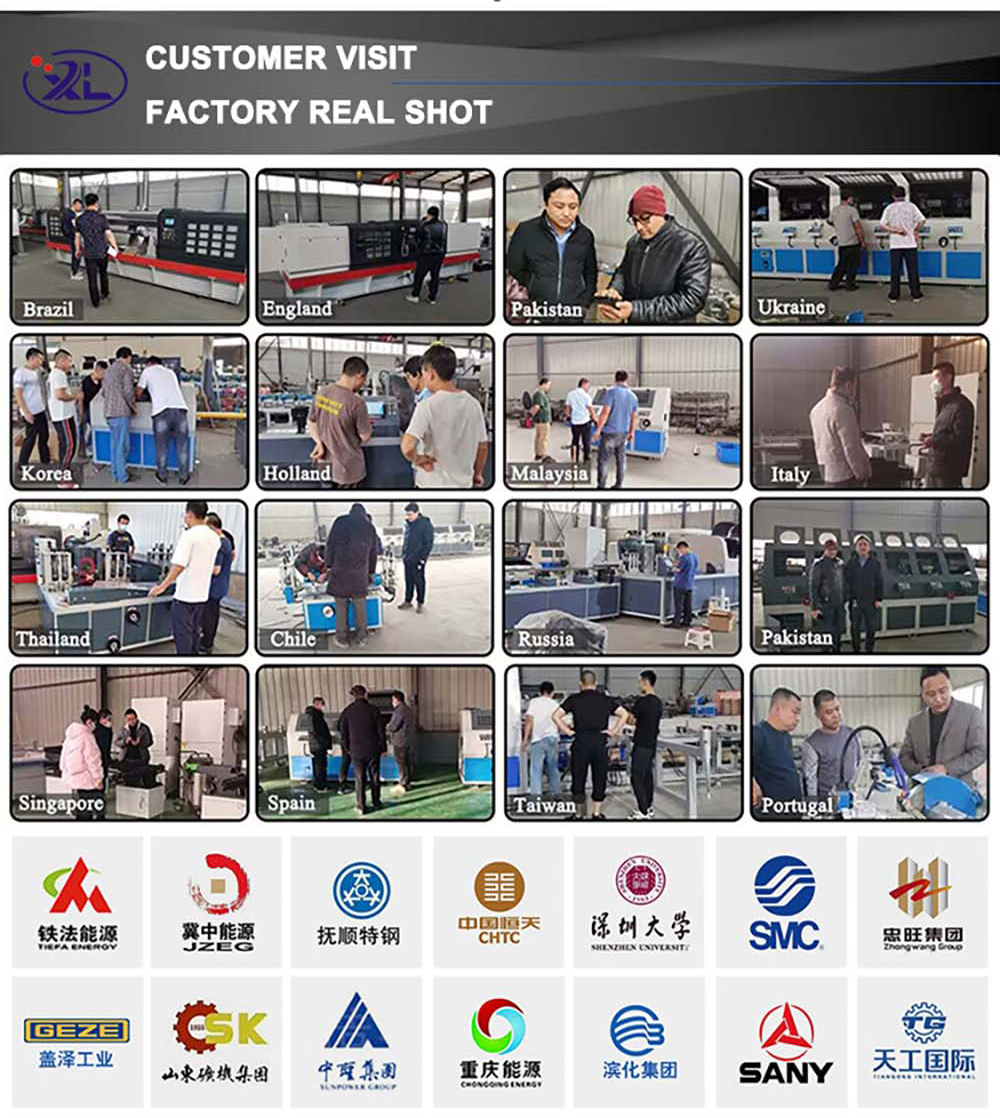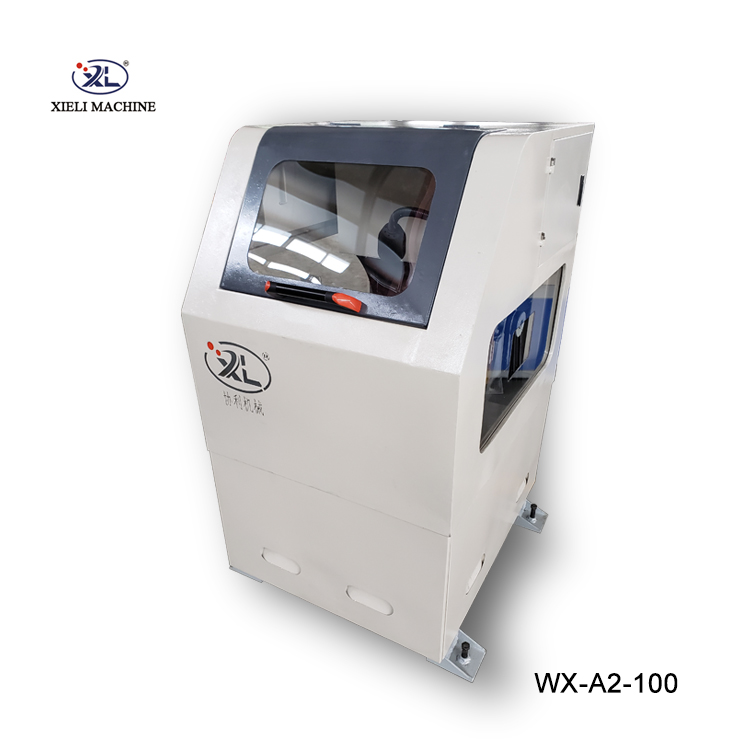The China Centerless Grinder Market Trends, Opportunities, and Future Outlook
The China centerless grinder market has witnessed substantial growth in recent years, driven by the burgeoning manufacturing sector and advancements in grinding technologies. Centerless grinders are pivotal in precision grinding processes, providing efficiency and consistency in the production of cylindrical and non-cylindrical components. This article explores the current trends, opportunities, and future outlook of the centerless grinder market in China.
Market Overview
The centerless grinder market in China was valued at several hundred million USD in recent years, and analysts predict continuous growth fueled by the increasing demand for precision-machined components across various industries, including automotive, aerospace, and medical applications. The country’s reputation as a global manufacturing hub has led to a significant increase in production activities, creating a favorable environment for the growth of the machining and grinding equipment sectors.
Industry Drivers
1. Manufacturing Expansion China's extensive investment in manufacturing, particularly in high-tech industries, has driven the demand for centerless grinders. As manufacturers strive for enhanced productivity and quality, the adoption of sophisticated grinding technologies has become increasingly important.
2. Technological Advancements The development of advanced centerless grinding machines featuring automation, improved efficiency, and higher precision has spurred market growth. Innovations such as CNC (Computer Numerical Control) and robotics integration have become essential in meeting the evolving needs of manufacturers.
3. Rising Quality Standards With the global trend toward higher quality and precision in production, manufacturers are investing in advanced grinding technologies to comply with stringent quality standards. This shift towards precision engineering necessitates the use of centerless grinders that can deliver superior accuracy and surface finish.
Opportunities in the Market
china centerless grinder market

1. Emerging Industries New sectors such as electric vehicles (EVs), renewable energy, and healthcare devices present significant opportunities for the centerless grinder market. As these industries continue to expand, the demand for high-precision components will increase, promoting the adoption of advanced grinding solutions.
2. Export Potential Chinese manufacturers are gaining a competitive edge in exporting machinery and grinding technology to other regions, including Southeast Asia and Europe. The reputation for quality coupled with cost-effectiveness enhances the potential for international market expansion.
3. Sustainability Trends The growing emphasis on sustainability in manufacturing has led to a demand for energy-efficient and environmentally friendly machining solutions. Manufacturers that provide eco-friendly centerless grinders with energy-saving features are expected to capture a larger market share.
Challenges Ahead
Despite the promising outlook, the centerless grinder market in China faces several challenges. These include the increasing competition from international players, rising raw material costs, and the need for continual technological innovation. Moreover, as manufacturers in China strive to reduce their carbon footprint, the pressure to develop sustainable practices and technologies is becoming more pronounced.
Future Outlook
Looking ahead, the China centerless grinder market is poised for continued growth. The integration of Industry 4.0 concepts, such as smart factories and the Internet of Things (IoT), is likely to revolutionize manufacturing processes, including grinding. Companies that invest in research and development to create intelligent grinding solutions will have a competitive advantage in the evolving landscape.
In conclusion, the centerless grinder market in China is on an upward trajectory, driven by manufacturing expansion, technological advancements, and rising quality standards. With emerging industries and a focus on sustainability providing new opportunities, the future looks promising for both manufacturers and end-users in this vital sector. As the market continues to evolve, stakeholders must remain agile and adaptive to leverage the growth potential and sustain their competitive edge.





